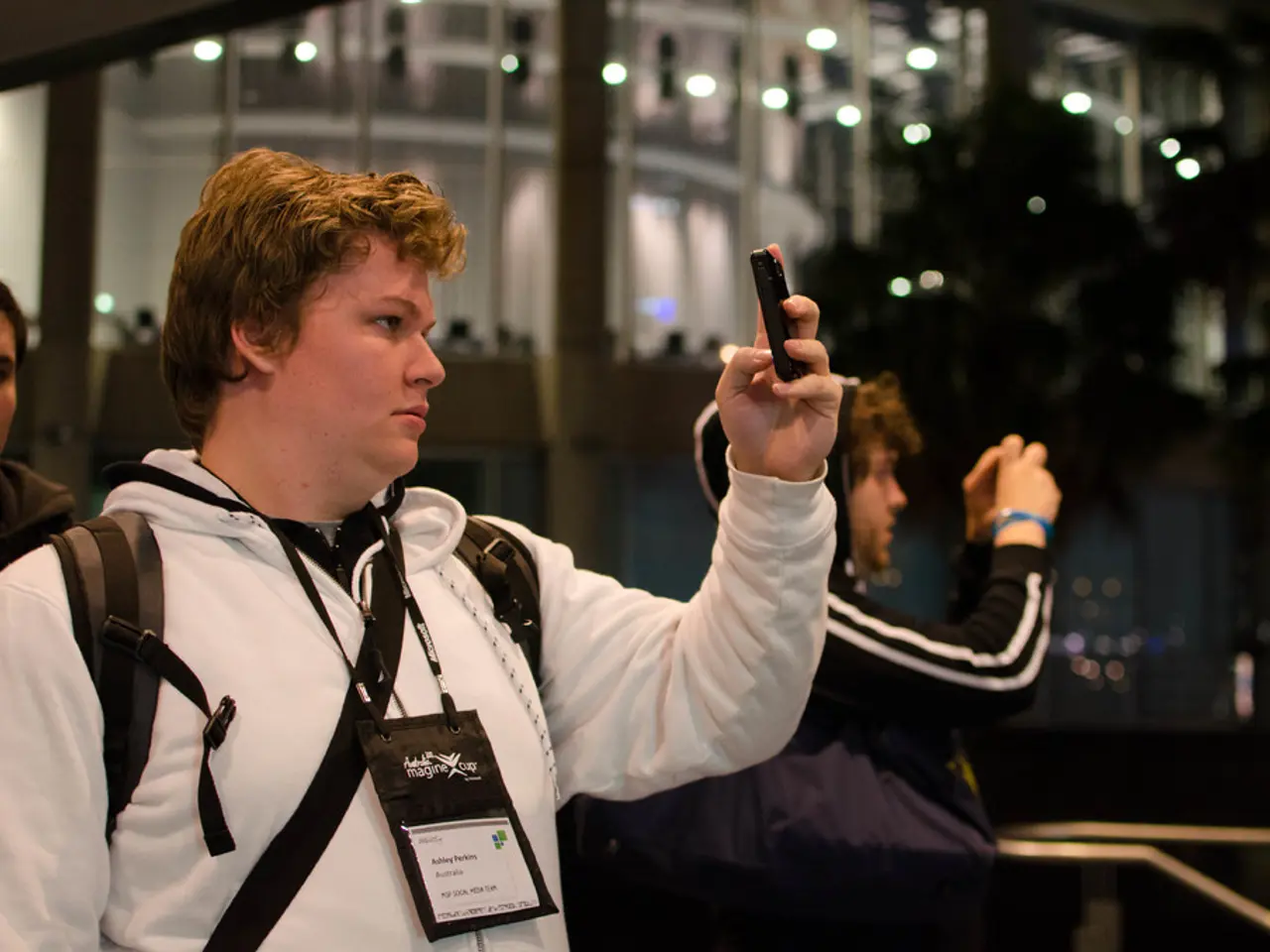Vacation Photography Simplified: Embracing Smartphone Camera over Mirrorless and Compact Devices for Ease and Serenity.
In a departure from the norm, renowned photographer and former Technique Editor at Digital Photographer magazine, Kim Bunermann, embarked on a vacation without the burden of traditional camera equipment, opting instead for a camera phone. This decision, it seems, was a refreshing change that brought about a newfound appreciation for the capabilities of modern mobile devices.
The convenience and accessibility of camera phones make them ideal for capturing moments on the go, without the bulk of additional equipment. Images can be immediately shared on social media, providing an instant update for friends and family about one's adventures. Furthermore, many phones offer advanced features like portrait mode, night mode, and video capabilities, making them versatile tools for different photography needs.
However, it's important to acknowledge that traditional cameras, such as DSLRs and mirrorless models, offer larger sensors and interchangeable lenses, resulting in better image quality, particularly in low-light conditions or when using specific lenses like a wide-angle or telephoto lens. While smartphone images might look good on small screens, they may not hold up as well when viewed on larger displays or printed at high resolutions.
In practical terms, compact cameras like the OM System Tough TG-7 offer waterproofing and durability, making them ideal for travel in challenging environments, such as beach or water activities. Some photographers also prefer traditional cameras for their tactile experience and the ability to disconnect from the constant review and editing process that smartphones facilitate.
Despite these differences, Bunermann found the experience of using only a phone camera to be relaxing and therapeutic, especially when alone with the landscape. The photographer often finds themselves looking at the world as if they have already raised their camera's viewfinder to their eye, and this trip was no exception.
Bunermann approached the phone-only vacation with a positive mindset, no temptation, and no guilt. The author enjoyed the trip more without the weight of camera gear, both physically and mentally. In fact, if a particular shot was needed, the phone was just a swipe away.
The author suggests that trying a phone-only vacation could be a way to step back from photography and recharge creative energy. By doing so, one can focus on being present with friends, family, and the moment, rather than being preoccupied with capturing the perfect shot.
In conclusion, while camera phones are beneficial for travel photography due to their convenience and accessibility, they may not match the image quality and versatility offered by traditional cameras, especially in specific shooting conditions. For casual travel photography, a camera phone can be sufficient, but for those seeking high-quality images or specific lens capabilities, a traditional camera might be more suitable. Ultimately, the choice between a camera phone and a traditional camera depends on your priorities for image quality, convenience, and shooting experience during travel.
- Bunermann's vacation departure involved a shift from large DSLR and mirrorless cameras to a smartphone, demonstrating a willingness to explore the capabilities of modern gadgets.
- The versatility of camera phones extends to advanced features like portrait mode, night mode, and video capabilities, making them suitable for various photography needs, even outside the norm.
- OM System Tough TG-7, with its waterproofing and durability, is a compact camera ideal for travel, allowing photographers to take advantage of challenging environments without the worry of traditional camera gear.
- The smartphone's immediate image sharing feature on social media offers friends and family an instant update on one's travels.
- While camera phones may not produce images of the same quality as traditional cameras, especially when viewed on larger displays or printed at high resolutions, they offer an accessible and convenient solution for casual travel photography.
- Bunermann found the experience of using only a phone camera to be therapeutic, allowing him to appreciate the landscape without the mental burden of traditional photography gear.
- In the author's opinion, a phone-only vacation could serve as a means to recharge creative energy by focusing on experiences and connections rather than the ideal photo.
- Traditional cameras, like DSLRs and mirrorless models, offer larger sensors and interchangeable lenses that contribute to better image quality, particularly in low-light conditions or when using specific lenses like a wide-angle or telephoto lens.
- The review of Bunermann's photography travels highlighted the importance of smartphone cameras in providing a newfound appreciation for the capabilities of modern mobile devices, making them suitable for capturing moments on the go.
- Technology, whether it's the advancements in smartphones, cameras, editing software, or drones, continues to evolve and shape the field of photography, offering news and gear for every avid photographer and travel enthusiast.




